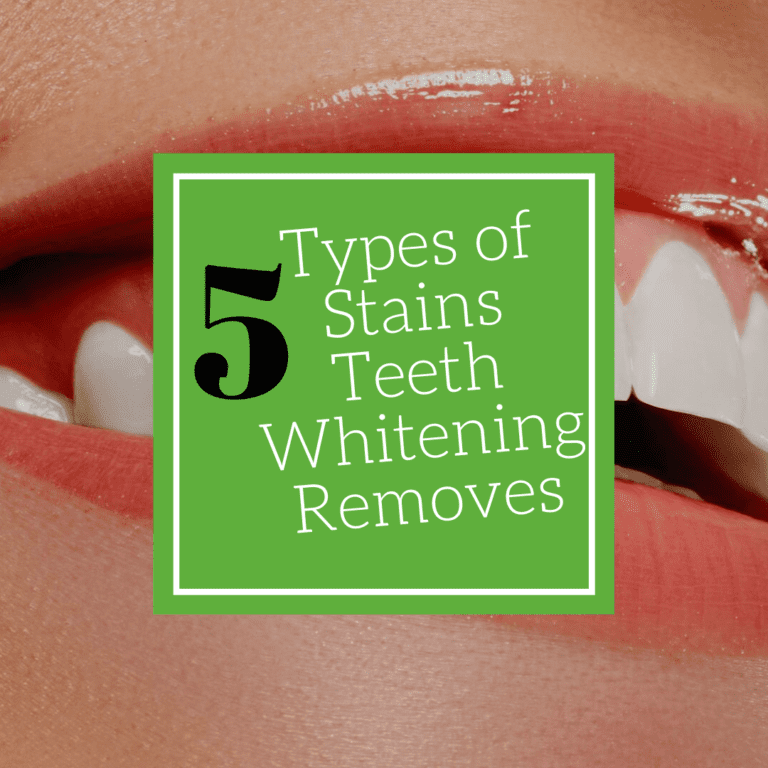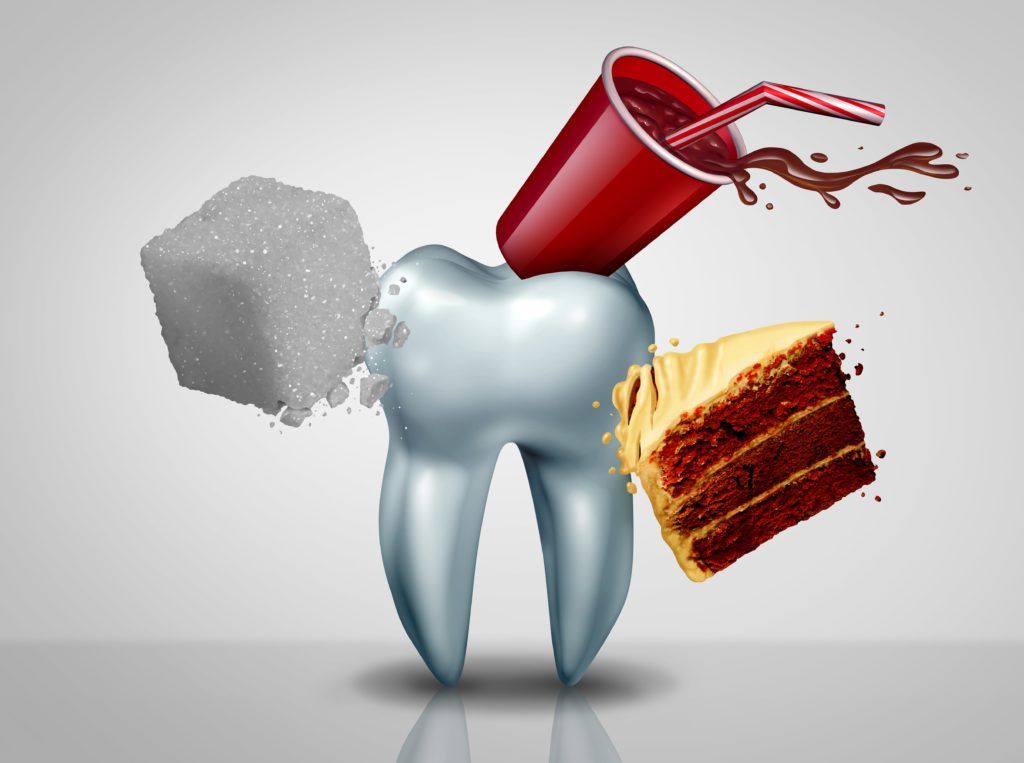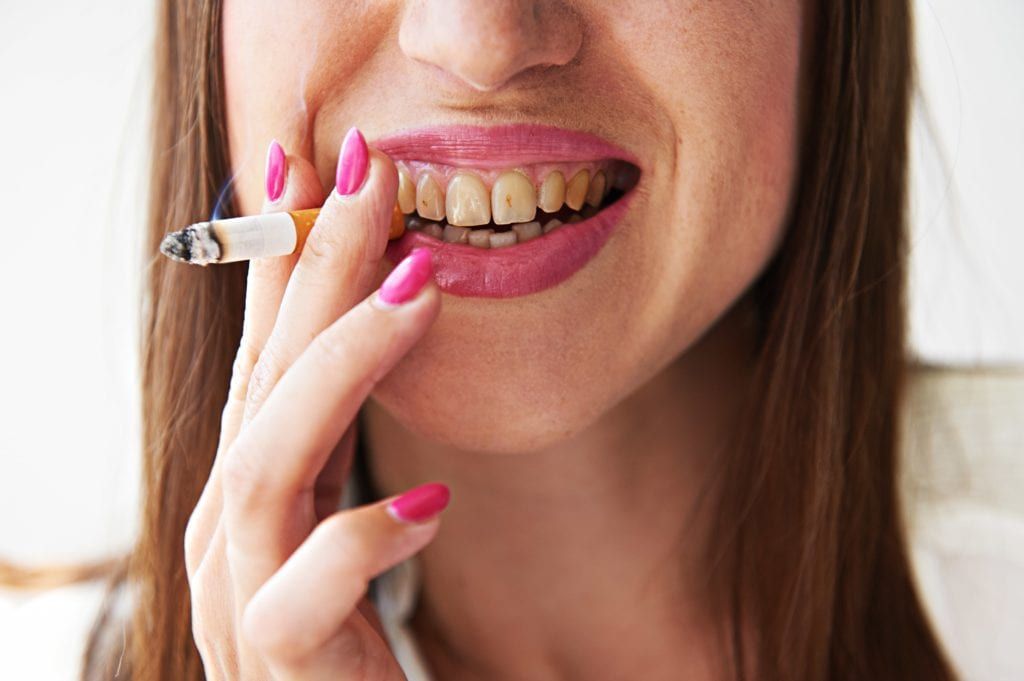5 Types of Stains Teeth Whitening Removes

One of the best ways to make a good impression on someone is to smile. In fact, your smile is often one of the first things people will notice about you. However, if you have stained or discolored teeth, you may not feel comfortable smiling.
Luckily, there is an easy, affordable, and effective way to remove these stains. Professional teeth whitening is a cosmetic dental procedure that applies a whitening agent to the surface of your teeth. This whitening agent is absorbed into your teeth where it breaks down discolored molecules, ultimately lightening the color of your teeth.
Teeth whitening can remove a variety of stains from your teeth. Here are five types of stains teeth whitening removes:


Food and Drink
The foods and beverages we consume are one of the main things that can cause teeth to stain. This is because foods and beverages contain different colored pigments that are absorbed by teeth. Highly pigmented foods and beverages such as berries, colored condiments, beets, coffee, tea, and red wine are especially likely to cause stains. These types of stains are known as extrinsic, or external stains that appear on the enamel layer. Teeth whitening treatments are designed to address extrinsic stains.

Age
Age is another factor that can cause your teeth to change color. As we age, our enamel layer gets thinner, allowing the dentin layer to show through. Our dentin layer is more of a yellow color and makes our teeth appear more yellow overall. This is an example of an intrinsic stain. Intrinsic stains are those that affect the dentin layer of the teeth. Teeth whitening procedures are also designed to address intrinsic stains.

Certain Medications
Did you know that certain medications can also cause your teeth to stain, darken, or otherwise change color? Certain medications such as antihistamines, antipsychotics, high blood pressure medications, some antibiotics, and chemotherapy can cause your teeth to become stained or change color. This is another example of an intrinsic stain that teeth whitening removes.

Trauma
If you have a tooth or teeth that has undergone trauma, this will often cause the affected tooth to change color. This is because teeth that have undergone trauma produce extra dentin to protect themselves. Because the dentin layer is yellowish, it gives the entire tooth a yellowish tint. Depending on the extent of the trauma, whitening results can vary.


Tobacco
If you are a smoker, then you regularly expose your teeth to tar and nicotine stains. Tar causes dark stains, while nicotine causes yellow stains. Although nicotine is colorless, it turns yellow when exposed to oxygen. This is another type of extrinsic stain that teeth whitening removes. However, continued tobacco use means the results will not last as long.
If you believe your teeth have been stained by any of these five types of stains, then teeth whitening may be an option for you. However, a dental consultation will allow your dentist to evaluate your stains to determine if teeth whitening is the most effective option for you. For more information on teeth whitening, see “Teeth Whitening”.

Dr. Scott T. Simpson graduated from the University of Florida College of Dentistry while participating in the Health Profession Scholarship Program through the United States Air Force. Following graduation, Dr. Simpson served three memorable years in the USAF at Malmstrom Air Force Base in Great Falls, Montana. He then practiced for nine years in the Orlando area before moving to the beautiful city of Tigard and starting Appletree Dentistry.



